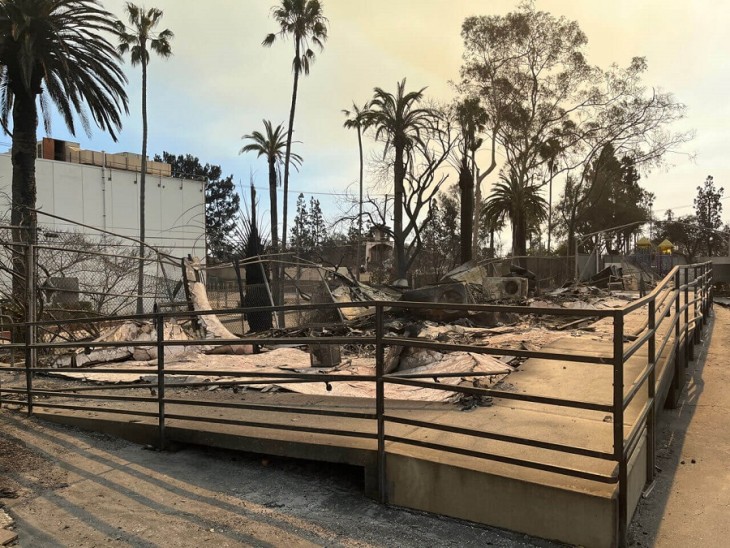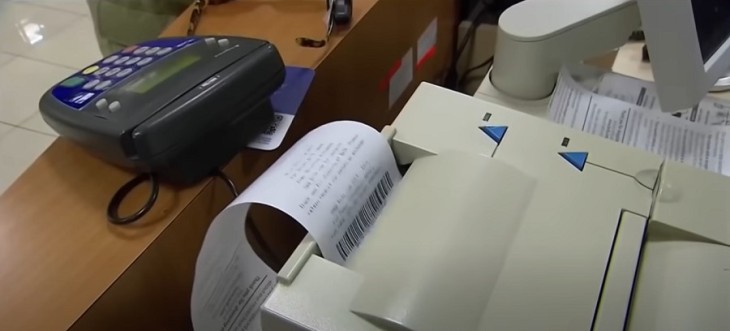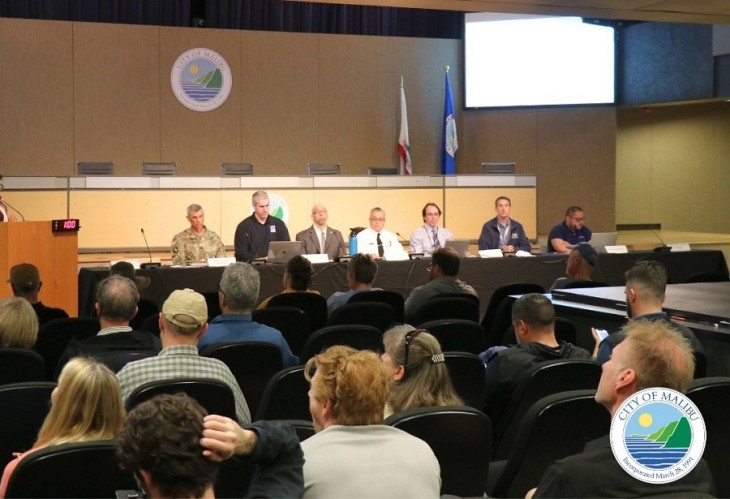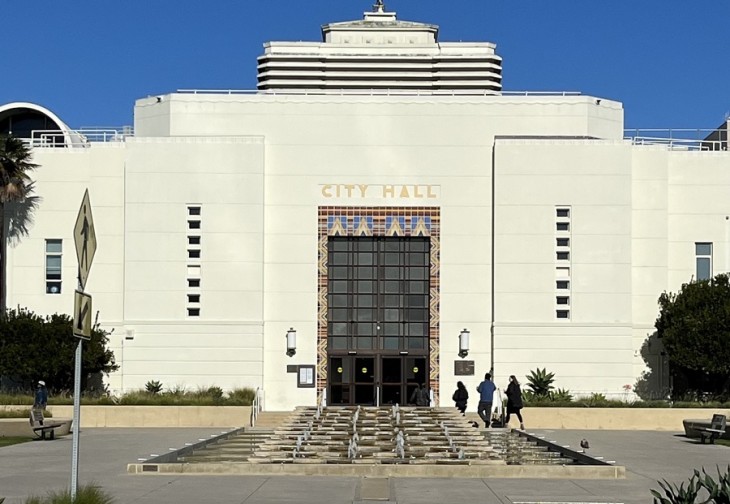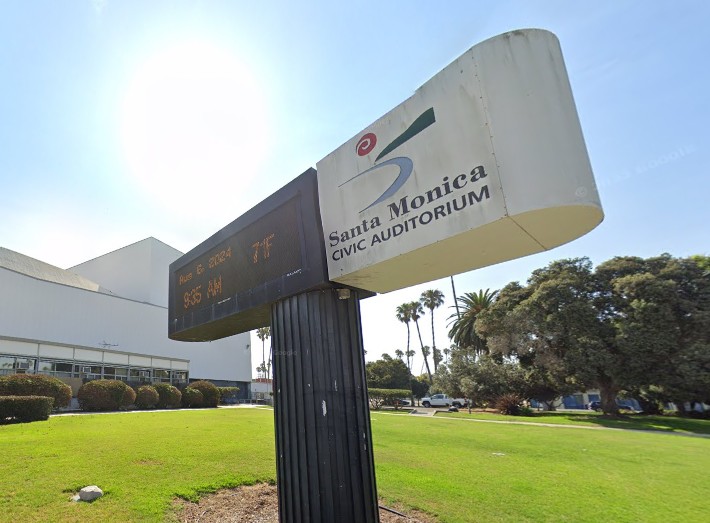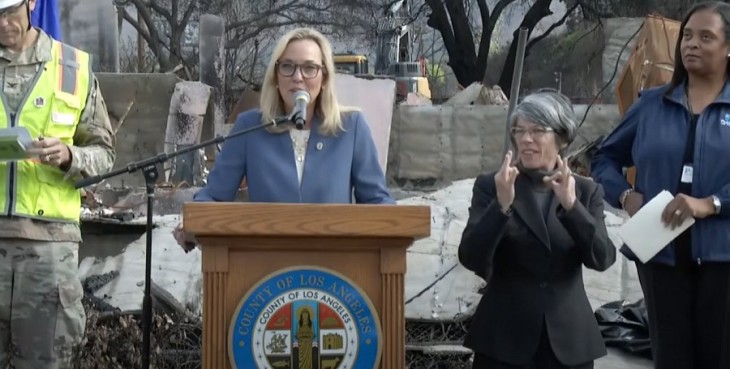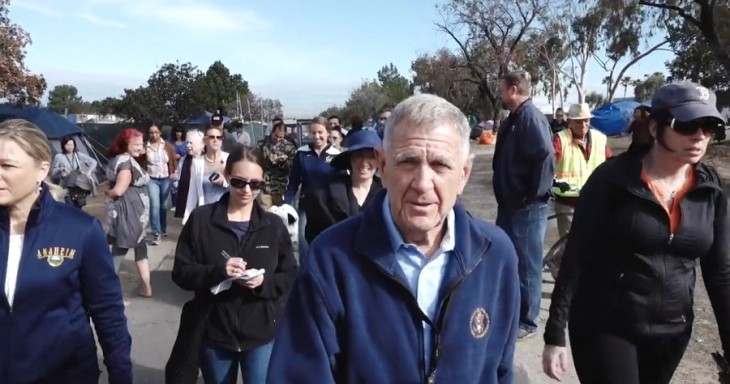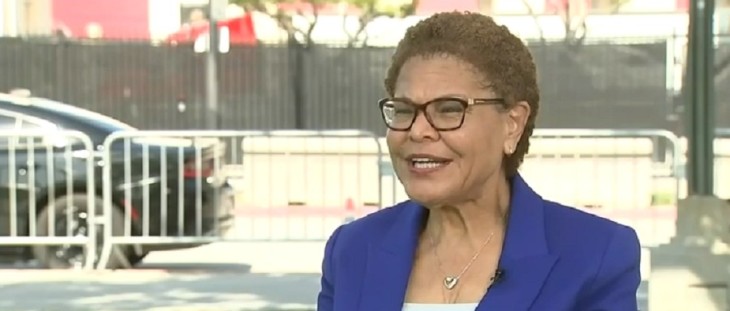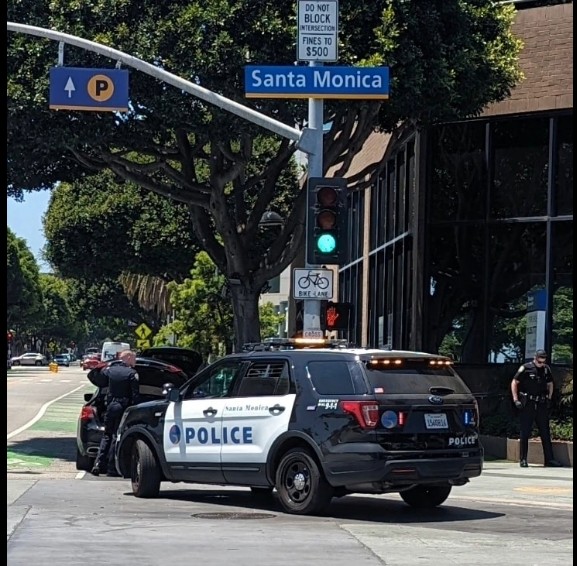A Big Blue Bus (BBB) advertising practice has come under the City Council’s microscope as Santa Monica Mayor Richard Bloom introduced a motion Tuesday to review the public transportation entity’s long-standing but only recently enforced policy of not allowing non-commercial advertisements on its buses.
The motion and proposed city staff direction was brought after AIDS Project Los Angeles (APLA) protested the BBB practice. According to the group, for the past five years it had purchased from BBB advertisement space to promote its annual AIDS Walk Los Angeles event.
Craig E. Thompson, APLA’s executive director, stated prior to the council meeting that the BBB practice harms non-profit organizations.
Bloom pointed out the BBB had a long-standing practice to allow only commercial advertising on its buses yet the public transportation entity’s management “had been allowing both commercial and non-commercial advertising.”
With his motion, Bloom hoped to “maintain the status quo” where BBB permitted both commercial and non-commercial advertising on buses despite a policy that has been in effect since 2000 that limited such advertisements to commercial entities.
City Manager Rod Gould pointed out the allowance of non-commercial advertising on the BBB in recent years – which is the “status quo” Bloom hoped to maintain – was a failure of administration.
Still, the portion of Bloom’s motion requesting his colleagues to direct city staff “to review Big Blue Bus policies regarding advertising on its vehicles … (and) return to Council with information, alternatives and recommendations” was unanimously approved.
A motion directing city staff to adopt an interim policy allowing any non-commercial advertising until city staff returns to the dais with its review of the BBB procedure was defeated 4 to 3, with Council members Bobby Shriver, Pam O’Connor, Bob Holbrook, and Kevin McKeown voting against.
Before the votes, City Attorney Marsha Jones Moutrie said the city could certainly adopt a policy allowing any non-profit to advertise on Santa Monica buses.
“The current policy of the Big Blue Bus was not adopted to harm AIDS Walk LA. But it was adopted out of the recognition the court decisions on the First Amendment do not allow us, once we open a forum, to distinguish based on message content,” Moutrie said.
The city attorney added there is an unfortunate legal distinction that does allow for discrimination between non-profits as a class and commercial entities.
Moutrie advised the council of what, exactly, constitutes commercial speech, which is one that “proposes a commercial transaction and that’s its predominant purpose.” Accordingly, a non-commercial advertisement is one where the advertisement’s primary purpose is to raise funds for a non-profit or some other message where a direct commercial transaction is not the organization’s primary purpose.
During public comment, about a half dozen speakers urged council members to allow AIDS Walk LA to be allowed to advertise on BBB.
Phil Curtis, the government affairs director of APLA, said the distinction between commercial and non-commercial advertising places “non-profits and charities in Santa Monica and elsewhere … at a distinct disadvantage.”
“The bus ads are a key element in raising participation in AIDS Walk Los Angeles and eliminating them can only reduce participation and diminish our capacity to fight the epidemic,” Curtis added.
West Hollywood Council member John Duran said while he understands the public safety concern of non-commercial advertisements and its potential to draw unique attention to potentially contentious issues, it is equally important for city officials to protect First Amendment rights.
“We can survive these sort issues as communities,” Duran said.
AIDS Walk LA had hoped to advertise on the BBB in time for its signature event, which is scheduled to take place Oct. 14.
The issue will be revisited again when city staff returns to council as directed.


